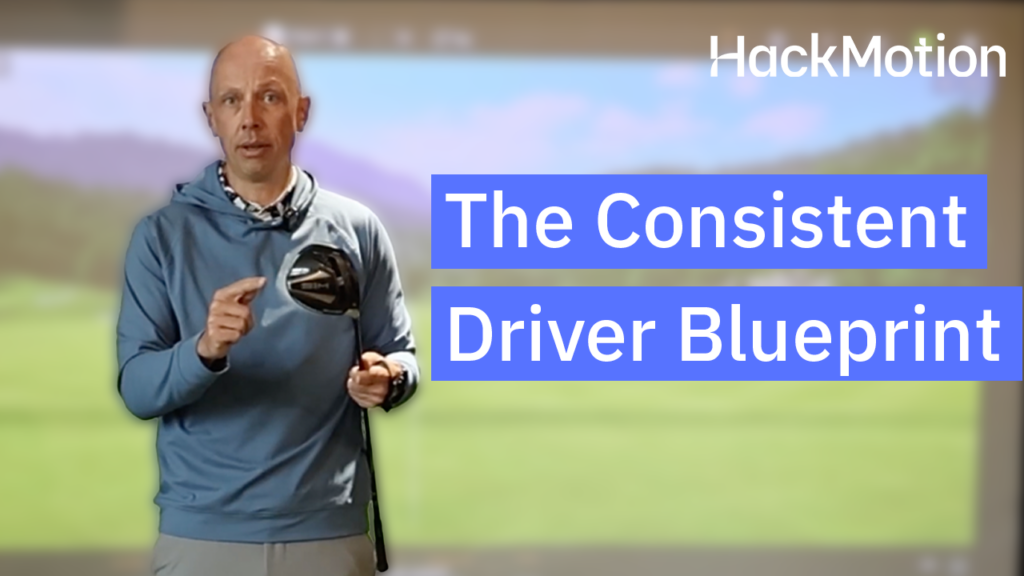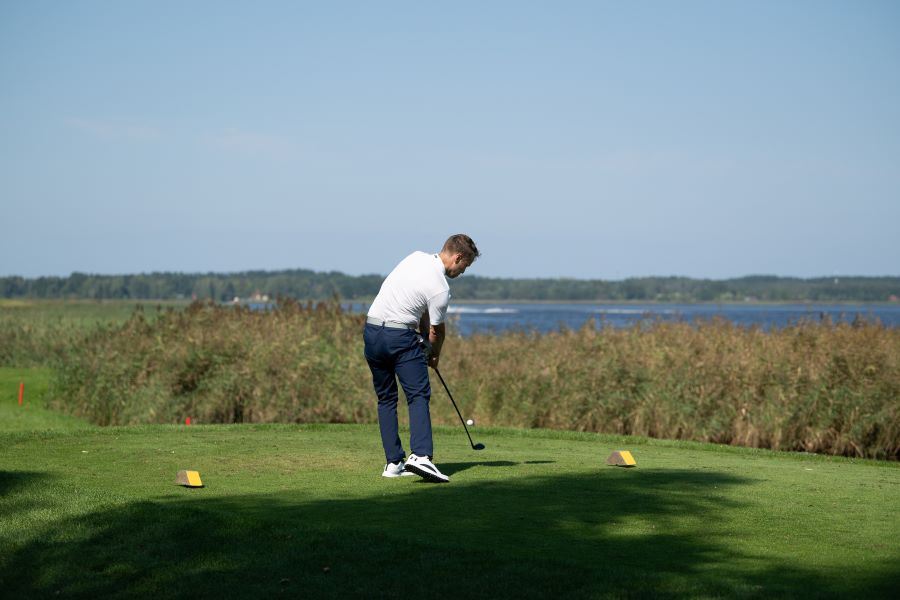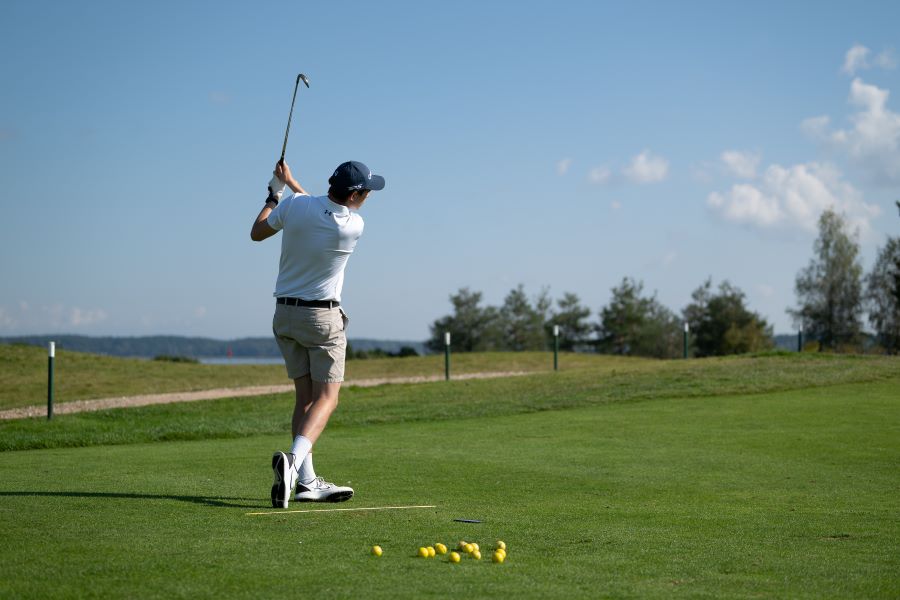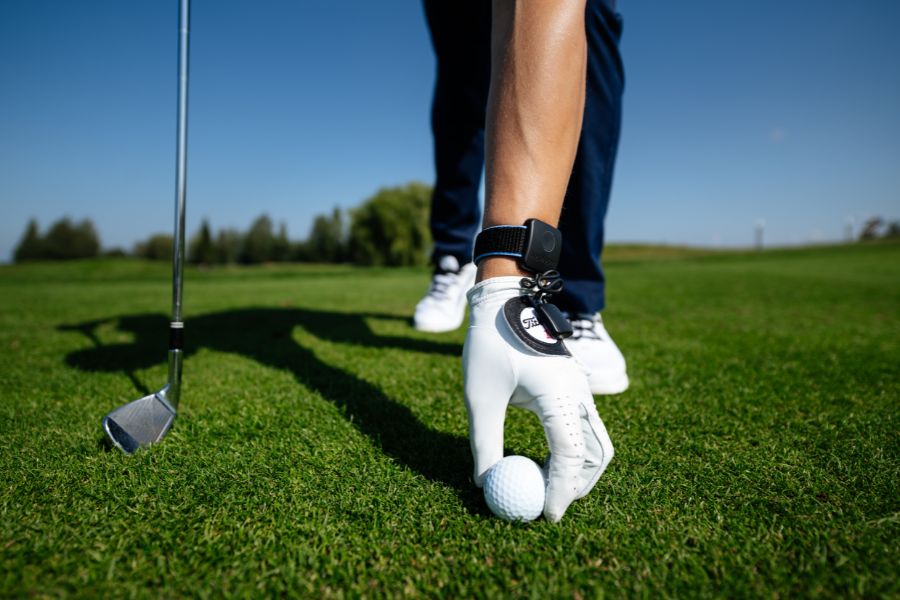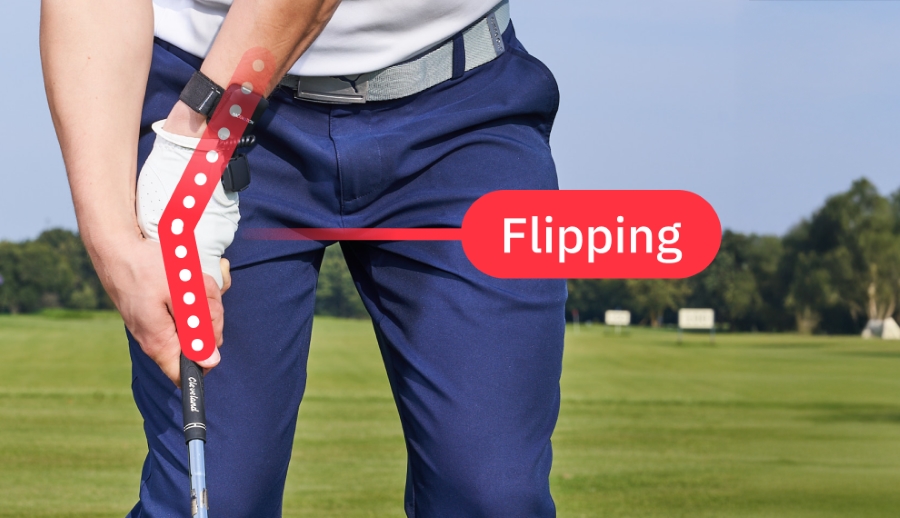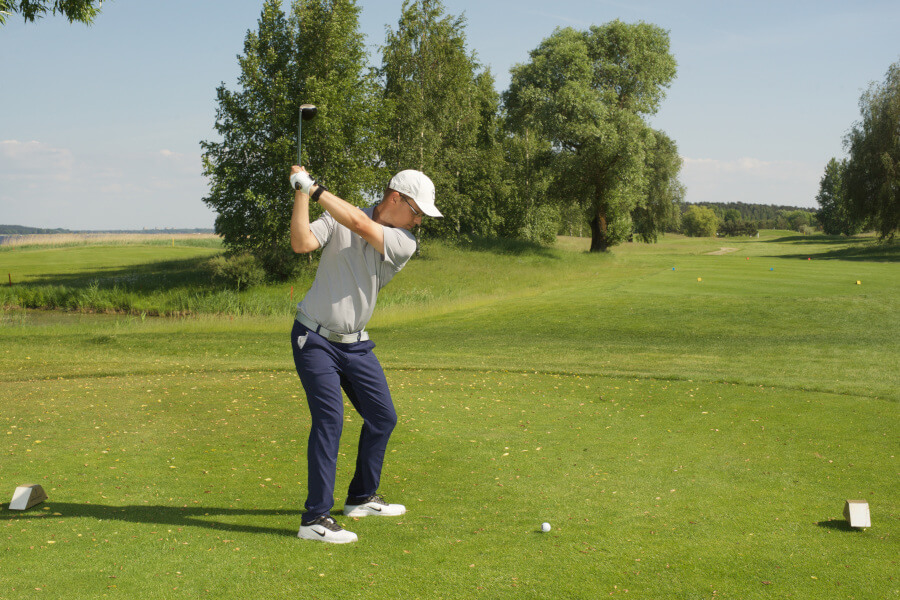How to Fix Hook with Driver: 8 Actionable Steps to Stop Hooking Driver (Forever!)
Are you one of those golfers who just can’t get off the tee without the ball taking an aggressive turn to the left?
A hook is a rough shot in golf because it has a ton of forward spin on it. The ball just keeps rolling and rolling further left.
The good news is many golfers find the hook to be an easier miss to fix than a slice.
If you are ready to stop hooking the driver forever, take a look at these actionable tips to get you started.
How to Fix Hook with Driver (Key Takeaways)
If you don’t have time to read through all of these solutions to straighten out your drive, here are the most critical facts.
- A closed clubface at impact causes the hook; to control the angle of your clubface, you must perfect the wrist angles in the golf swing.
- Hooks are easier to fix than slices as they prove you already know how to close a clubface, and most amateur players need help with this concept.
- Focusing on a flat lead wrist position at the top of the swing will help to square the clubface at impact and ensure there is not too much flexion in the lead wrist.
- A slightly weaker grip can reduce the chance of a hook with the driver.
- Make sure the ball is lined up with the left heel if it gets too far forward, the clubface may be closed by the time the driver reaches the ball.
- Use HackMotion to train and check your wrist position at setup, top of the backswing, and impact.
Contents
What Causes a Hook?
A hook is caused by a clubface that is closed to the target and closed to the path.
The hook is exaggerated by how far the clubface is closed and how fast your swing speed is. A golfer with fast speeds and a clubface that is really closed will be well left of their target.
To fix a hook, you have to ensure that your ball position, wrist position, setup, stance, and weight transfer are correct in the golf swing.
Short on time? Here is a video that will break down for you the steps to stop hooking your driver today:
Why am I Hooking the Driver but Not Irons?
Hooking the driver but not the irons is a common mistake for many amateur golfers. The driver has a lower loft and is longer and more difficult to swing than the irons.
In addition, with the driver being lighter in weight, sometimes golfers will swing it with full speed and miss the point in the swing where the clubface should be squared.
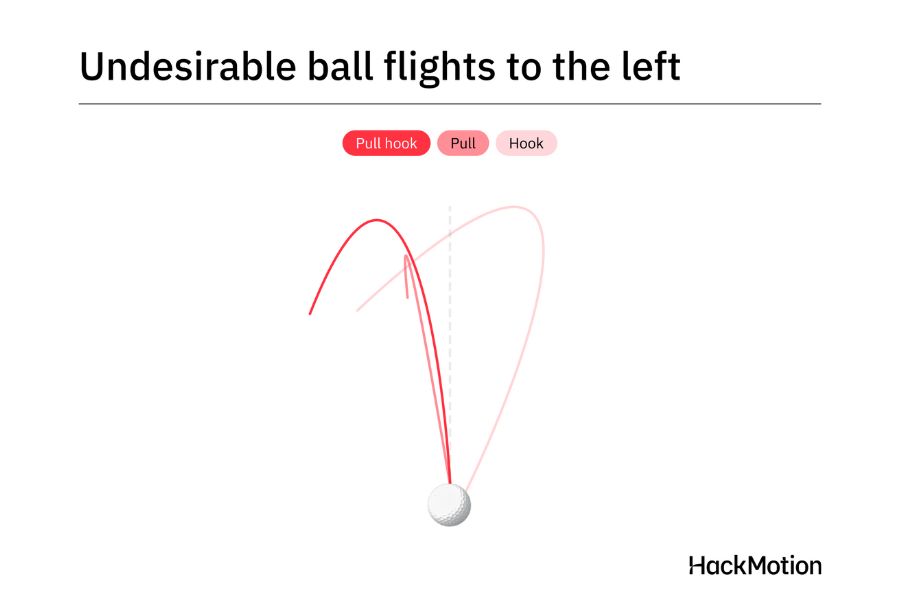
8 Actionable Steps to Stop Hooking Driver Forever
If you are ready to head out to the driving range and start fixing your hook with the driver, these are the steps and adjustments that you will have to make.
The most important point here is that your clubface position at impact needs to be fixed to straighten out your driver.
Watch this simple driver swing in our interactive video with tips—feel free to stop it at any time and take a look at what each position of the driver swing should look like.
Weaken the Grip
A strong grip is common with the driver. A golfer with a strong grip has their hands turned slightly to the right, and the bottom hand or trail hand ends up a little more on the underside of the golf grip.
With a strong grip like this, you can fix a slice quite easily, but sometimes it gets exaggerated, and players start to hook the ball.
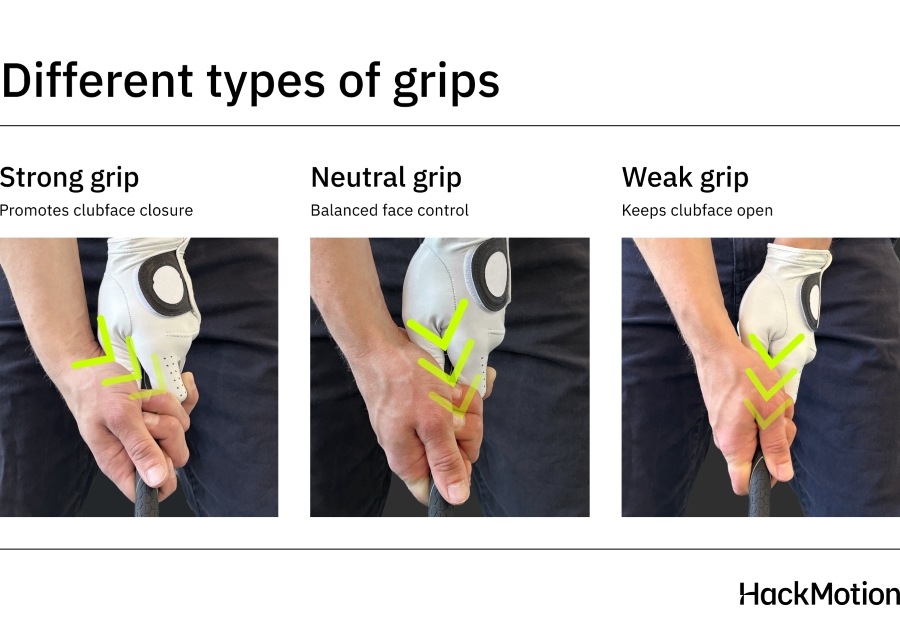
When you look down at your hands, make sure that the right hand (for a right-handed player) is not too far under the club.
This position can get the right hand more active in the swing, and because of that, the ball could be heading to the left.
Move your top hand a bit to the left and let the bottom hand follow. The new grip position should help make it easier to stop hooking the ball.
Get the Ball Position Correct
One of the most common setup mistakes with drivers is poor ball position. For maximum constistency, the ball position should be just off of your left heel.
We notice that many golfers who hook the ball have it positioned too far up in the swing.
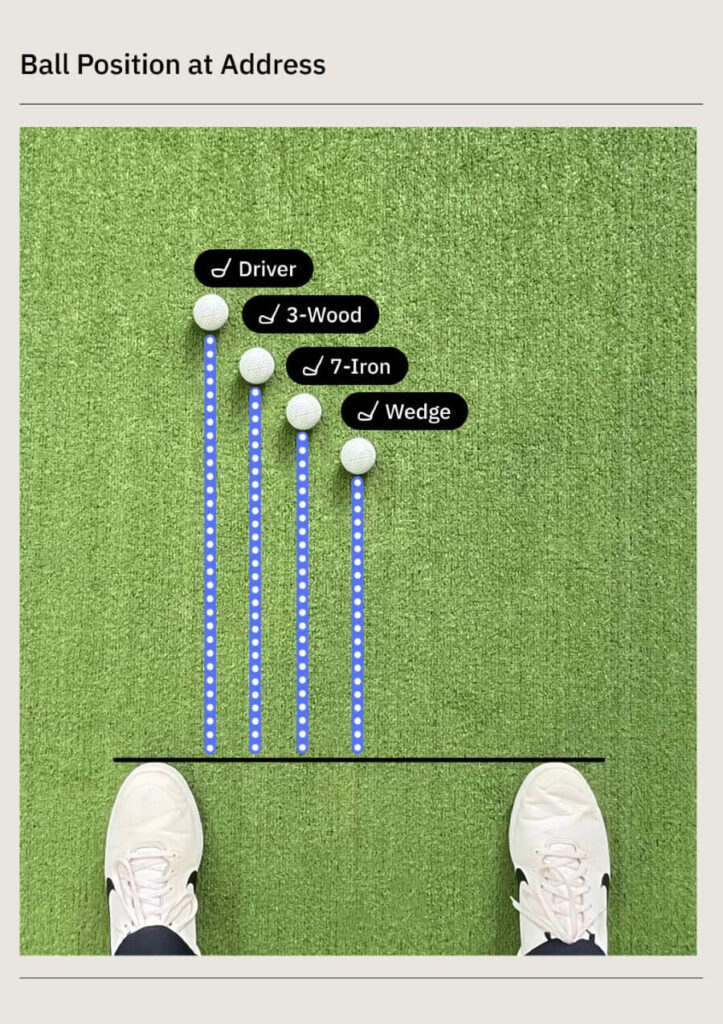
Hitting shots off the left heel is completely acceptable, but when you move forward to your toe, your club will be finished rotating by the time it even gets to the ball.
The closed clubface position is not necessarily wrong; you are just making contact with the ball in the wrong place.
Alignment Must be Correct
Stop aiming down the right side and waiting for the ball to hook back in. Your feet, hips, shoulders, and clubface must be properly aligned at the target.
One of the more common mistakes is that golfers aim so far to the right that they create a swing path that increases the chance of hitting a hook.
Instead, aim at your target, get the ball position correct, and start to make contact with a square face.
To work on your alignment, simply place an alignment stick on the ground during your driving range session, Rob discusses why this is so important in the video below.
- Video timestamp – 0:00 – 0:54
Check Wrist Positioning at Setup, Top of Backswing, and Impact
Your wrist position is what controls the clubface position.
If the wrist is not in the correct spot at the top of the backswing, you will hook or slice the golf ball at impact.
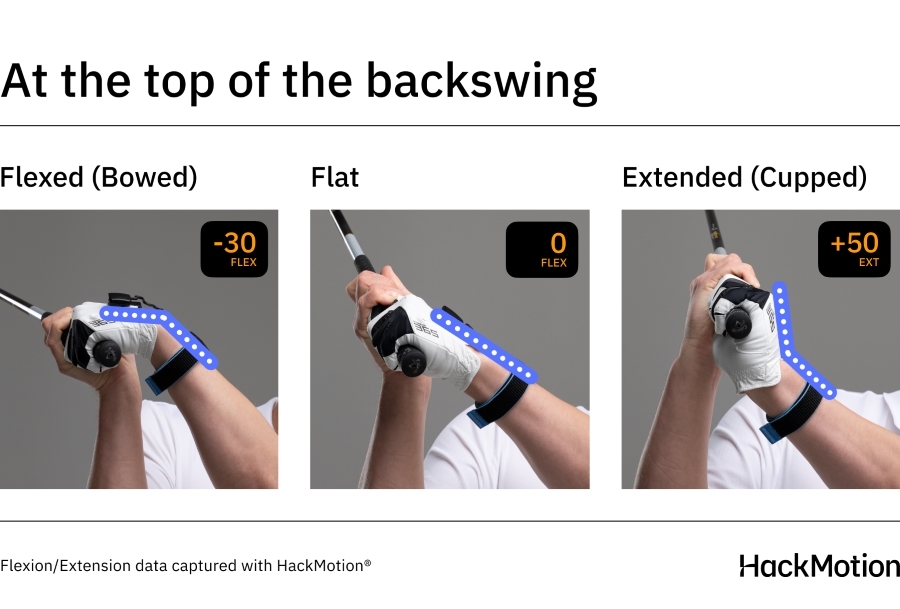
After analyzing more than 1,000,000 golf swings with the HackMotion, we have discovered that a flat lead wrist position at the top of the swing will help you hit a straight shot with the driver.
This flat position (or even a slightly flexed position) can encourage more speed through impact and a strike that produces more distance.
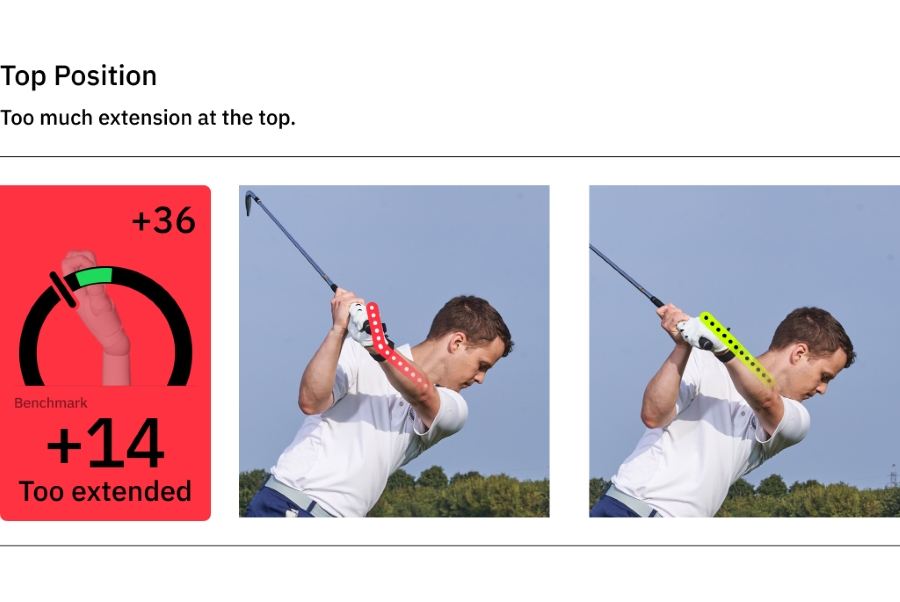
Most golfers that hook the ball have too much flex in their lead wrist. If you look at a golfer like Dustin Johnson, he has a ton of flex in his lead wrist at the top of the backswing.
However, he does not hook the ball because of his incredible ability to rotate through impact. Most amateurs don’t have this same ability to rotate.
There are two ways you can fix this:
- The first is to eliminate some of the flex at the top of your backswing; use the HackMotion device to measure and see how flexed the lead wrist is.
- The second is to learn to use your body and the power of rotation in the core to swing through the ball, achieving a square clubface and stronger strike at impact. Again, use HackMotion to see where you are adding/removing flexion in your golf swing.
Remember that the more flexion you have in the lead wrist, the more closed the clubface is going to be.
Transfer Weight and Stay Behind
When you swing through your driver shot, you will want the weight to transfer to the lead foot.
At impact, the majority of your weight is on your lead foot, and you should be striking the ball with your head in line or even slightly behind the golf ball.
Some players that hook the ball have their weight hanging back on the right side.
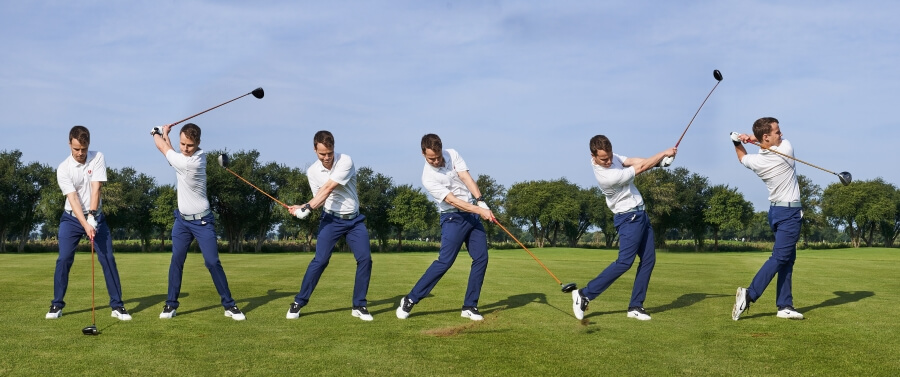
This right side hand back allows the club to swing through and rotate closed while you are still behind the ball. It feels very much like the club is swinging around your body, and your body isn’t rotating.
Instead, make sure your weight gets transferred to the lead side as part of your downswing.
Swing Path Corrections
A hook gets worse because of an inside-to-out swing path that is exaggerated. An inside-to-out swing path is not necessarily a bad thing, but you have to make sure it is not too far inside.
One of the more common mistakes by a golfer who hooks the ball is to take the club too far inside during the takeaway.
Make sure that you are getting plenty of extension on your takeaway and that you feel the golf club move down the line instead of directly inside the line.
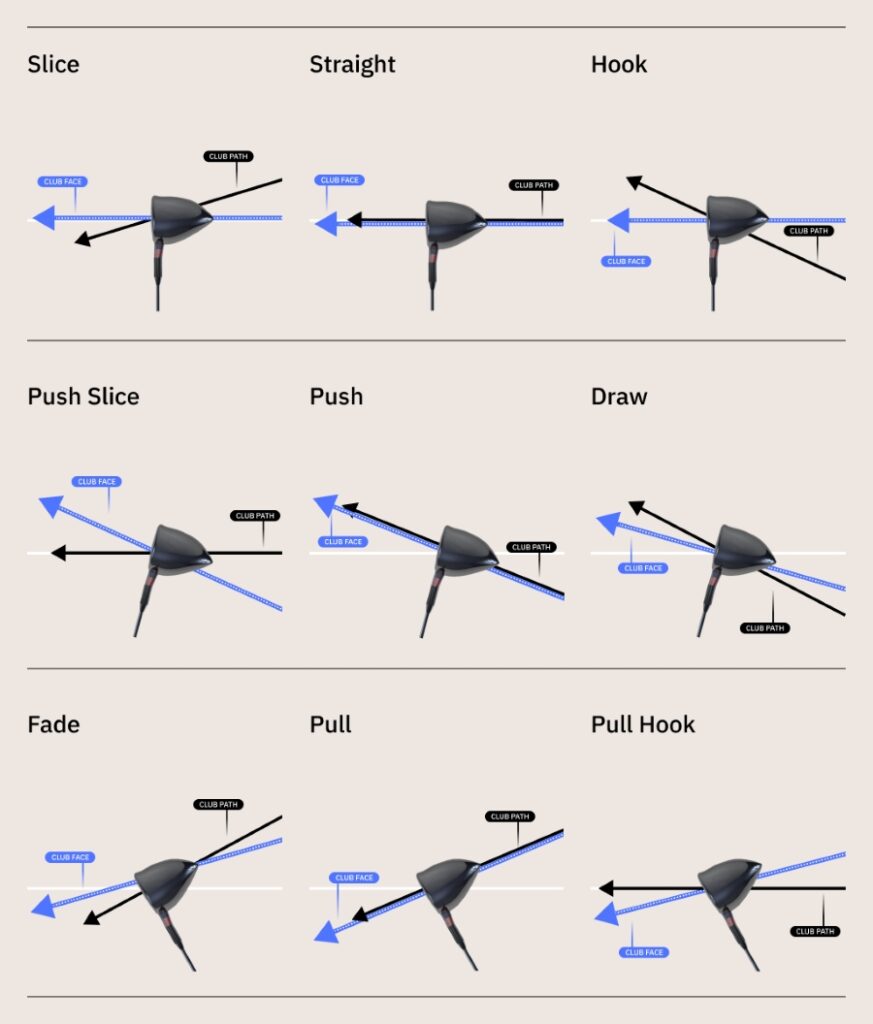
You can use an alignment stick on the ground to get an idea of what “straight back” looks like.
Most players describe it as if they are pushing the club back away from the ball for the first 12 inches of their golf swing.
Once you ensure you are not too far inside on the takeaway, continue to strike the ball with a slightly inside-to-out swing path, and you will end up with a draw instead of a hook.
Slightly Looser Grip
Grip pressure is another culprit that can cause a hook with your driver. It’s natural to want to hit the driver a long way, and sometimes this makes you grip the club harder.
Instead, eliminate a bit of the grip pressure and see if it helps with the timing and release of the driver club head.
When hands are tight on the club, they get more active than they need to be.
You can use the HackMotion to record your wrist angles with a loose and a tight grip, and you should see improved wrist rotation when the grip pressure is correct.
Spend Some Time at the Range
When you want to stop hooking the driver, you have to work on it at the driving range. The hook is not an easy on course fix.
Commit to going to the driving range several times per week, even if it’s just for 20 to 30 minutes. The key is to develop some consistency.

Drills to Fix a Hook with the Driver
These are a few of the best easy drills to work on while you fix the hook with your driver.
Wrist Extension Checkpoint Drill
This drill helps reduce hooks by training proper lead wrist extension early in the backswing. A slightly extended wrist keeps the clubface more neutral during the takeaway.
- Video timestamp – 10:00-12:00
Wrist Extension Checkpoint Drill – Step by Step:
- Set Up: Use an alignment stick on the ground and attach a magnetic rod to the clubface.
- Checkpoint: At shaft parallel, ensure the rod points more level to the ground, not downward.
- Feel Extension: Your lead wrist should feel slightly cupped, not bowed.
- Swing: Hit shots while maintaining this wrist angle; you should see the ball flight straighten out.
HackMotion Tip: Use HackMotion to monitor wrist extension at P2. Aim for less flexion than your baseline.
Straight Path Station Drill
This golf practice station removes your tendency to swing too far in-to-out, a common compensation for a closed face, and promotes a more neutral swing path. The station setup is simple and a smart thing to use on the range, even if your hook is not severe.
- Video timestamp – 8:58-10:00
Straight Path Station Drill – Step by Step:
- Build Station: Place a second alignment stick outside the ball, angled on your swing plane.
- Avoid the Stick: Rehearse a takeaway that travels over the barrier (not underneath).
- Hold Wrist Shape: Keep the lead wrist extended through the takeaway to avoid shutting the face.
- Combine & Swing: Hit balls while maintaining path and wrist control.
HackMotion Tip: Track wrist flexion during takeaway and confirm neutral-to-slight extension values.
HackMotion Top Drill
This version of the Top Drill is geared toward golfers who hook their driver.
It helps train a flatter or slightly extended wrist at the top during a fast backswing, reducing face closure and promoting straighter, higher drives.
- Video timestamp – 9:00-10:30
HackMotion Top Drill – Step by Step:
- Navigate to Combined Top Drill: In the HackMotion app, find the Top Drill and open it so you can practice this in real time.
- Full-Speed Backswing: Take your normal driver setup with HackMotion on. Make a full-speed backswing without pausing.
- Checkpoint at the Top: Pause briefly at the top and check your lead wrist angle in HackMotion. Look for flat to slightly extended (0° to +10°).
- Swing Through: From the top checkpoint, continue the swing smoothly to blend that better wrist position into your downswing.
- Refine: Repeat several times. Use short pauses at first, then gradually reduce them until you’re hitting the ideal top position in real time.
Final Thoughts
At this point, you should have all the information you need to stop hooking the driver forever.
Use the HackMotion to check the position of your wrists to correlate how and when your clubface is becoming too closed at impact. It’s like having your coach with you at the driving range.
The hook is often the miss of a better player, stay encouraged and make these adjustments to start hitting better shots.

